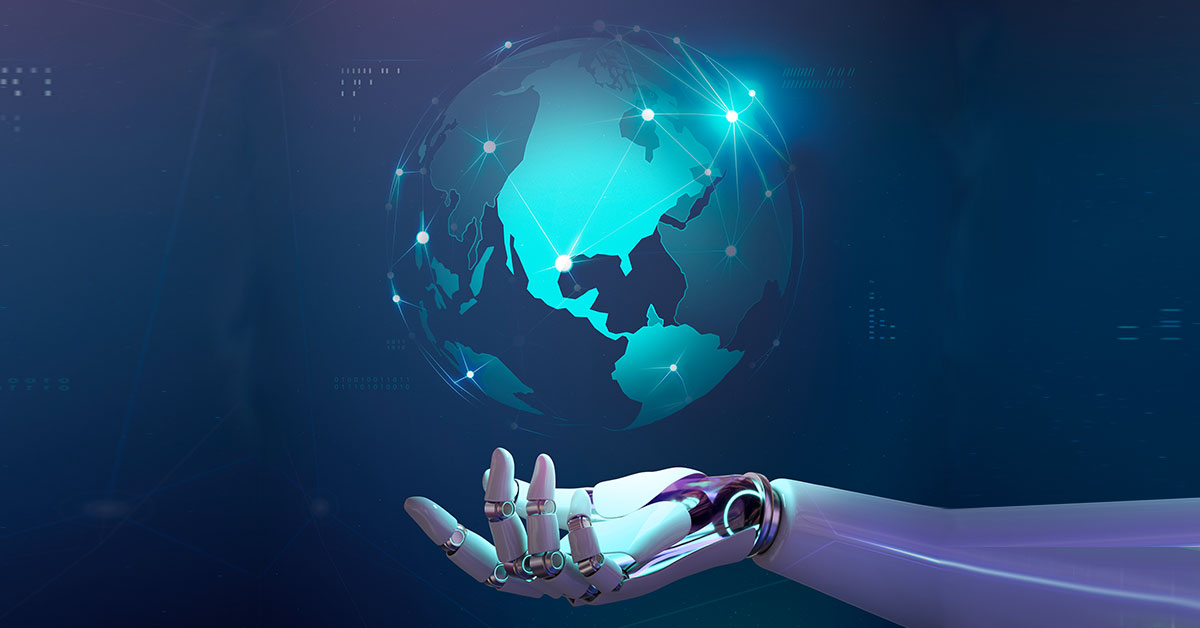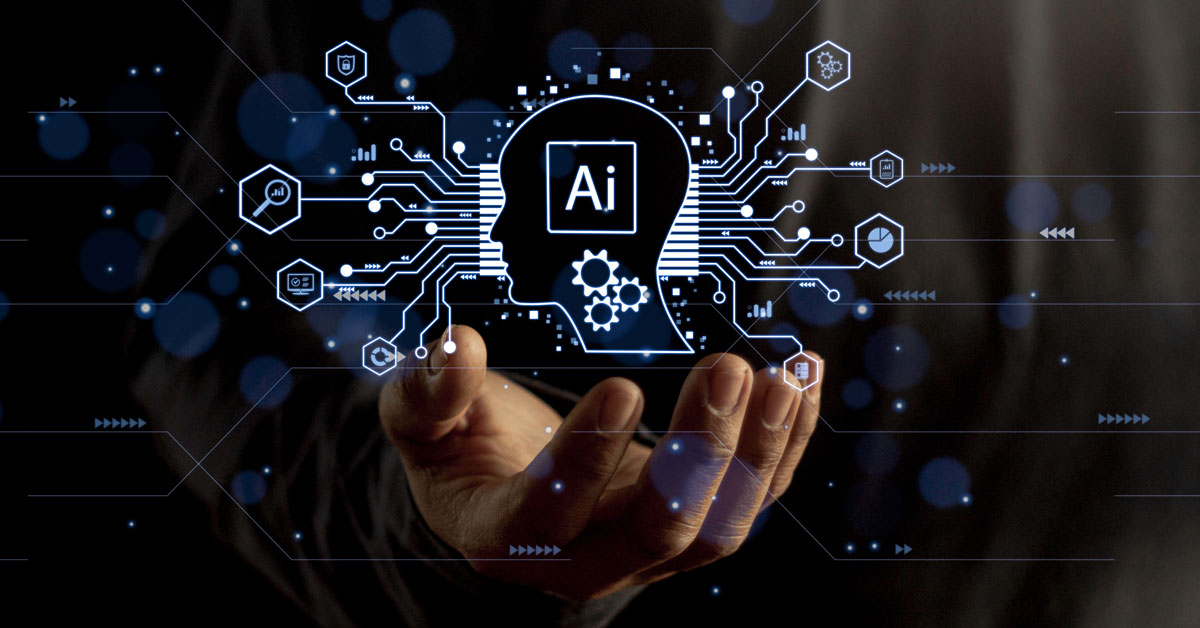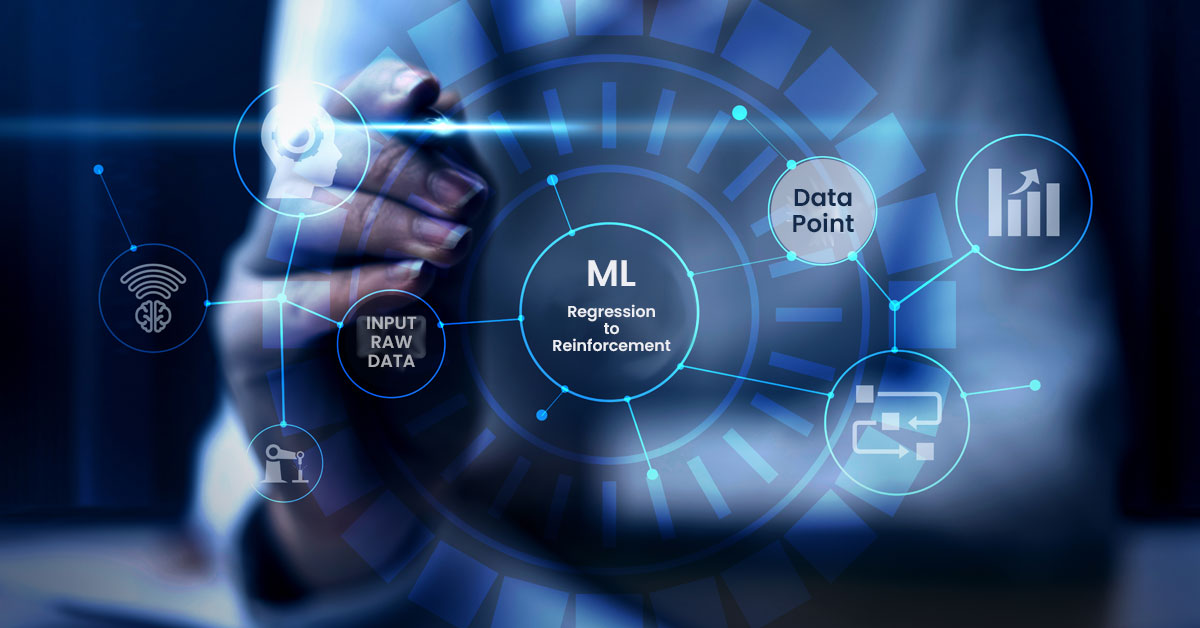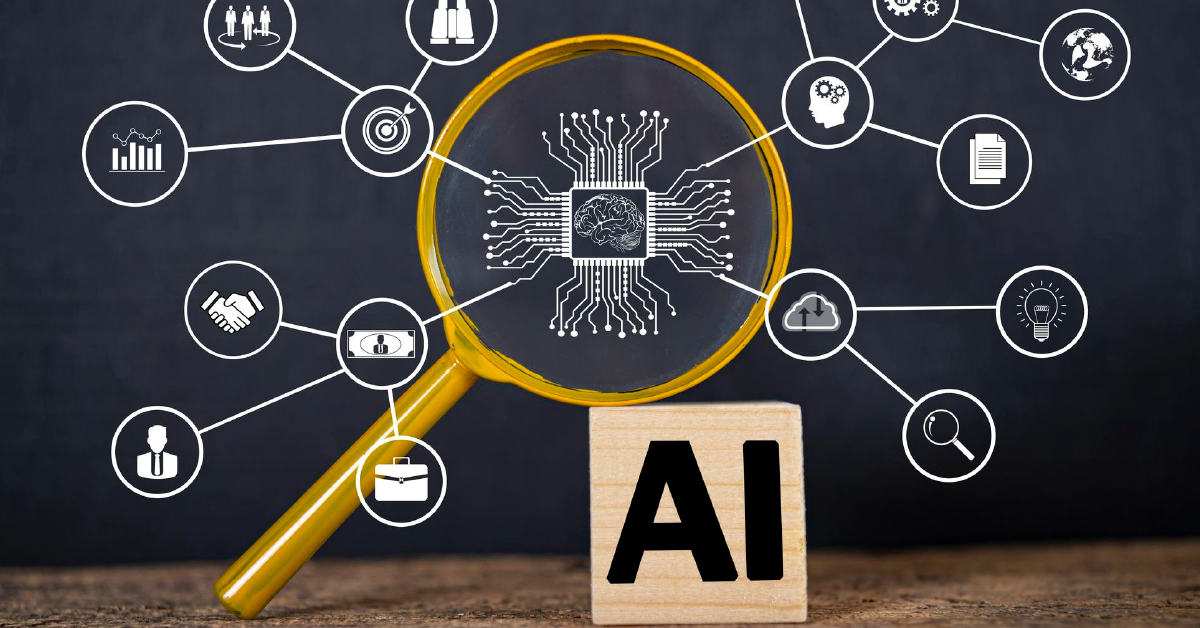The Future of Work: Impact of Automation on Different Industries
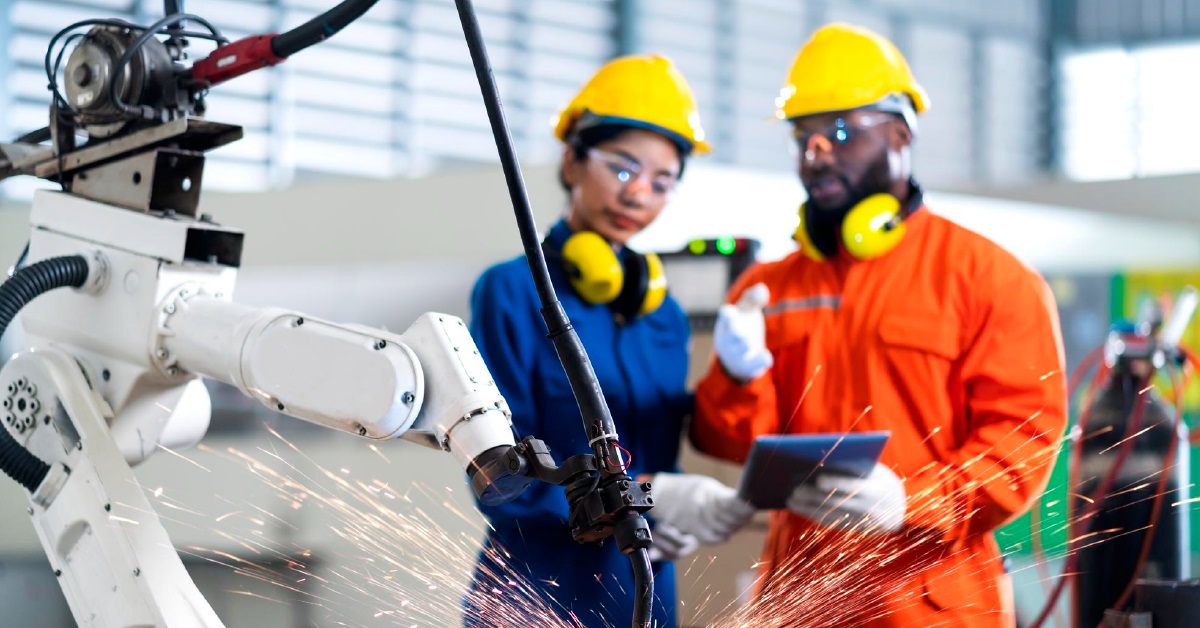
4 min read
Automation can be used to describe a wide variety of applications in many Automation industries. Automation is the use of technology to carry out activities independently of human labor. And ranging from straightforward mechanical devices like automatic doors and self-checkout counters to sophisticated systems like robotics and artificial intelligence.
Numerous advantages, including higher production, improved efficiency, and enhanced quality and safety, might result from the application of automation in Automation industries. The economy and job market could be negatively impacted, but it also presents difficulties. Job displacement, wealth inequality, and dependence on technology are all potential effects of automation. To choose the right education, training, and career options, it’s critical to comprehend the effects of automation on the labor market.
How AI Automation Has Replaced Humans?
By automating tedious tasks and delivering quicker and more accurate decision-making, AI services can aid people in their pursuit of knowledge. For instance, AI Automation systems can process massive volumes of data, find models, and generate predictions that would be challenging or time-consuming for people to find on their own.
How Combining AI and Human Curiosity Can Be Beneficial
Human curiosity will serve as a guide for the development of AI by providing the framework and instructions for AI systems. Human researchers, for instance, can utilize their knowledge of the world to assist direct the creation of AI algorithms, ensuring that the design addresses both the needs of human research and real-world problem-solving. It is also required to find new uses for AI and investigate uncharted territories, which can propel the advancement of AI technology in new directions.
What Is An Industrial Automation System
Utilizing information technology and control systems, such as computers or robots, the automation industries handles a variety of processes. And other device that often carries out repeated activities or duties. Designed to run automatically, thereby reducing and improving the reliance on human labor in the sector. Healthcare Business, telecommunications, e-commerce, climatology, biotechnology, genetic research and development, and other industries all have access to AI and Data Science engineering.
How Does Automation Impact Different Industries
Automation will have an exciting and bright future in India’s manufacturing industry. Quality, Efficiency and safety will all significantly increase if these software services are more widely used. The following are some prospective directions for automation in India’s manufacturing industry in Different Industries:
Increased Efficiency and Productivity
In the industrial sector, automation is crucial since it allows for faster production rates with less money and resource use. These advantages have increased the use of automation throughout numerous industries and enterprises.
The workforce has been significantly impacted by automation and will continue to be so. This enhanced efficiency has allowed businesses to focus on more important tasks like innovation while still completing projects on time. These initiatives add value to the business and position it for future success.
Enhancing Safety
Automation has a number of advantages. Safety can be improved by reducing human error, reducing costs, and boosting the production effectiveness. This is essential in industries where there is a high risk of damage, such as mining and agriculture.
Quality Control and Consistency
For a while, businesses employed automation as a cost-cutting tactic, but in recent years, the use of automation in the marketing industry has grown significantly. This is because automation allows businesses to produce their items more inexpensively, rapidly, and with much better quality. As more marketers try to utilize its advantages to improve and increase productivity, automation will continue to grow in popularity.
Cost-Effective Solution
More businesses are turning to robotics and automation to optimize their operations as the demand for effective and affordable manufacturing processes rises. By automating production lines and deploying robots to carry out repetitive activities, businesses may improve productivity and lower costs.
Given the high cost of labor in India, this tendency is especially important there. Additionally, as more businesses look for ways to remain competitive in a market that is becoming more globalized, it is anticipated that the use of automation will rise in the years to come.
Competitive Benefits
With the introduction of automation, competition will rise. There will be fewer defects in the products created because everything is automated. The cost of manufacturing will go down when more resources are used to make equipment.
- Less Time Per Week Spent Working
There may be less hours done each week as a result of automation. By using automation instead of people, businesses can reduce the number of employees needed to run at peak efficiency. There will be more time available for employees to focus on other tasks like management, training, or growth that need interpersonal interaction.
- Automated Machines Now Carry Out Tasks that are Beyond Human Capacity
More and more jobs that are beyond the capabilities of humans are being completed by automated devices. There are some tasks that are impossible for humans to complete as well as physically. Thanks to automation, many physically difficult jobs can now be completed.
- Operations Handling Times are Reduced
Machines have helped businesses that adopt automation achieve higher production rates. It has made it possible for businesses to expand and produce more of the products and services they are offering.
- Scalability and Flexibility
However, because the industrial sector is dynamic and the tasks are always changing, a human operator needs training. Because they are reconfigurable and can be tightly programmed in a limited length of time.
- Might Pose New Safety Risks
Automation may present unexpected risks if operating conditions change suddenly. When a person crosses the road in a dangerous circumstance (dark, poor visibility, etc.), even if a driverless automobile is programmed to drive independently, it is still feasible for it to crash.
- Controlled Monitoring
The automated procedures are observed, managed, and documented. These will be producing the massive data necessary to spot trends, enhance workflows, and make adjustments to stop task errors in the future.
India’s Future of Automation
The Industrial Revolution, which saw machines take the role of manual laborers, marked the beginning of automation. Therefore, it is impossible to dispute that automation is the way of the future given the advancements in infrastructure and technology. Additionally, thanks to investments made in artificial intelligence (AI) and machine learning (ML) these Software services are rising to prominence in a variety of markets due to the numerous advantages they offer.
Conclusion
Additionally, automation has been around for thousands of years, but as technology advanced, it underwent tremendous modification. Machines now are capable of tasks that humans were unable to execute just five years ago. Devices today are capable of making decisions based on their discoveries and learning from their mistakes. These automated developments will change how people interact with computers in the future.
Published: July 18th, 2023

